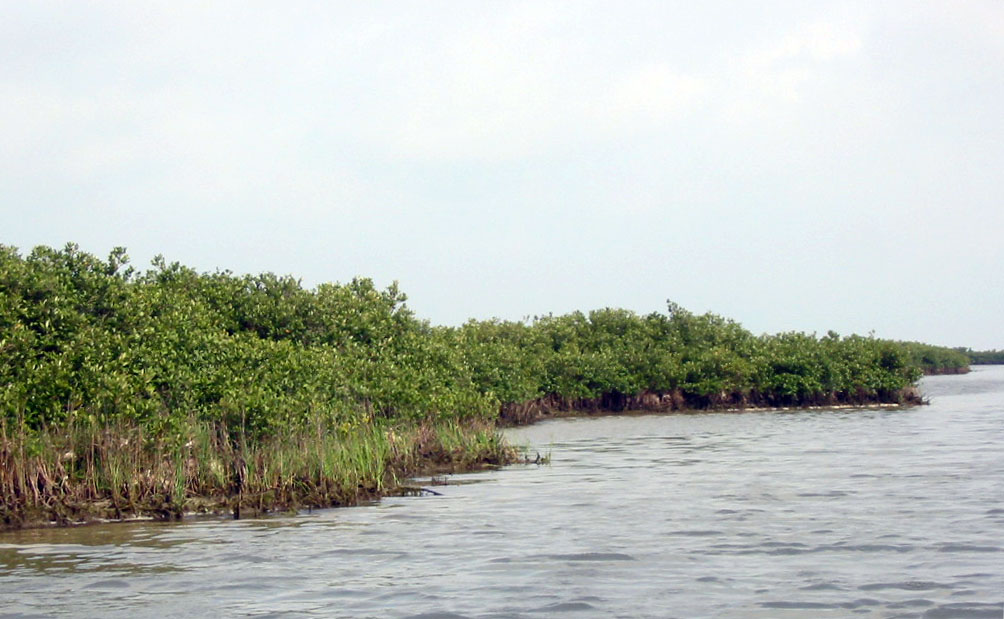 Harbor Island has been in the news recently due to the new leases for mooring barges. Harbor Island has been used for facilitating the transfer of industrial goods since the early 1900s. It is also an area valued for its aesthetics and recreation. In addition, this area has been the site for scientific research due to its easy access, unique setting, and diverse habitats. The following studies are just some of the research that have been completed or are ongoing in the Harbor Island area.
Harbor Island has been in the news recently due to the new leases for mooring barges. Harbor Island has been used for facilitating the transfer of industrial goods since the early 1900s. It is also an area valued for its aesthetics and recreation. In addition, this area has been the site for scientific research due to its easy access, unique setting, and diverse habitats. The following studies are just some of the research that have been completed or are ongoing in the Harbor Island area.
Water Quality
The Mission-Aransas National Estuarine Research Reserve at The University of Texas Marine Science Institute maintains long-term monitoring stations throughout the Mission-Aransas Estuary. The closest station to Harbor Island is in the adjacent Aransas Bay. This station measure temperature, specific conductivity, salinity, dissolved oxygen, water height, pH, and turbidity. You can view the data in real-time at: http://cdmo.baruch.sc.edu/get/realTime.cfm (Select MARABWQ). The next closest station is on the pier lab located on the jetties at UTMSI.
The Texas Commission on Environmental Quality measures surface water quality throughout the Texas Coast. You can view the stations adjacent to Harbor Island at: http://www80.tceq.texas.gov/SwqmisPublic/public/default.htm
Seagrass
In 2000, the Texas Parks and Wildlife Department established a state scientific area, which includes the Harbor Island area, to create awareness about the importance of seagrasses and reduce impacts to seagrasses caused by boat propellers. Learn more at: http://tpwd.texas.gov/landwater/water/habitats/seagrass/general/index.phtml
The University of Texas Marine Science Institute has been monitoring sea grass along the entire Texas Coast including the Harbor Island area since 2011. Learn more at: http://www.texasseagrass.org/index.html
Marsh Vegetation
Scientists from The University of Houston and Texas A&M Galveston are studying the consequences of mangrove expansion along the Texas coast. Learn more at: http://www.uh.edu/mangrove/index.html
The Mission-Aransas National Estuarine Research Reserve at The University of Texas Marine Science Institute established a long-term monitoring station near the Lydia Ann lighthouse of marsh vegetation and elevation change to serve as a sentinel for detecting impacts from climate change, specifically sea level rise. Learn more at: https://sites.cns.utexas.edu/sites/default/files/manerr/files/mission-aransas_nerr_site_profile_11062012_web.pdf
The Mission-Aransas National Estuarine Research Reserve at The University of Texas Marine Science Institute hosted a mangrove symposium and the presentations on mangroves can be found at: https://sites.cns.utexas.edu/sites/default/files/manerr/files/texas_mangrove_research_symposium_february_28_2013.pdf
Hydrocarbons
The University of Texas Marine Science Institute completed a study of hydrocarbons in sediments at the National Estuarine Research Reserve (Reserve) at The University of Texas Marine Science Institute water quality stations. The closest station to Harbor Island is in the adjacent Aransas Bay. This project was supported by the Mission-Aransas Reserve. You can view the study at: NERR Report by Dr. Liu
Circulation
The University of Texas Marine Science Institute completed a study of the physical mixing process between estuaries and the Gulf of Mexico at the Aransas Pass tidal inlet. This project was supported by the Mission-Aransas Reserve. You can view the study at: NERR Report by Dr. Kim
Avian
The Texas Colonial Waterbird Society is a coalition working to monitor, promote research, and inform management of colonial waterbird populations in Texas. The partnership includes state and federal agencies, universities, non-profits, and volunteers. The group gathers annual data of nesting birds on rookery islands throughout Texas coastal areas, including Redfish Bay. The annual reports, including the central coast that hosts Harbor Island, can be found here: https://tpwd.texas.gov/huntwild/wild/wildlife_diversity/tcws/
Fisheries
Texas Parks and Wildlife Department has been monitoring catch rates of marine organisms including several recreationally and commercially important fish species in Texas coastal waters since November 1975. You can view the data collected since 1980 at: http://tpwd.texas.gov/gis/ris/catchrate/
The Mission-Aransas National Estuarine Research Reserve wrote a synopsis of the estuarine habitats and current research, including Harbor Island. This document can be viewed at: https://sites.cns.utexas.edu/sites/default/files/manerr/files/mission-aransas_nerr_site_profile_11062012_web.pdf









